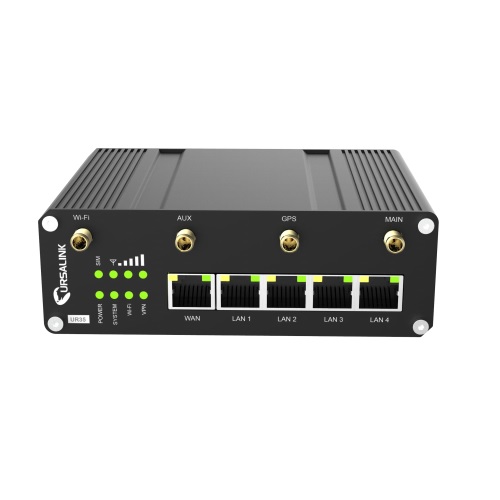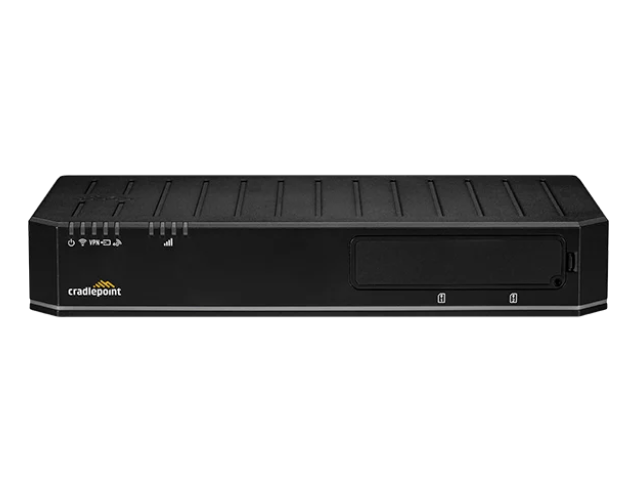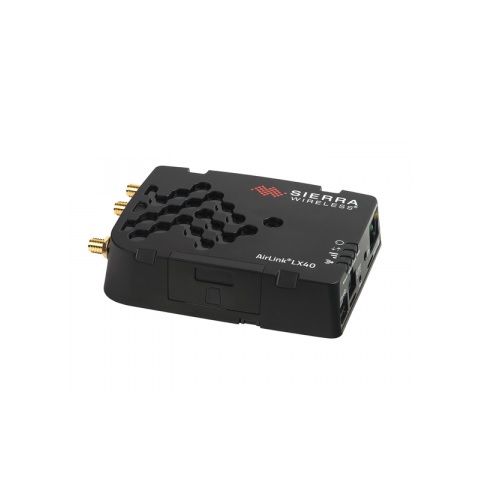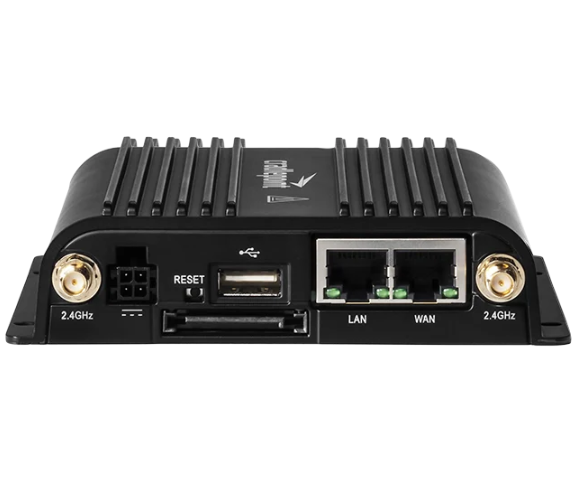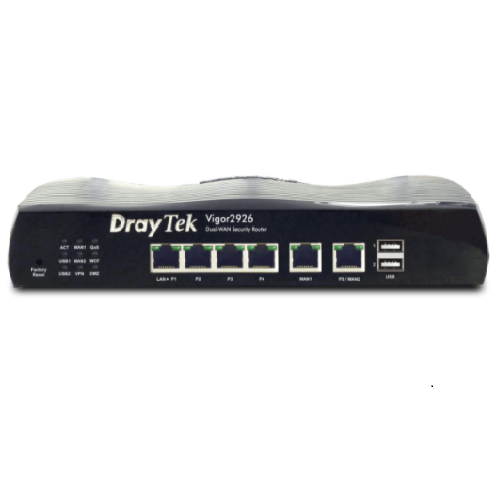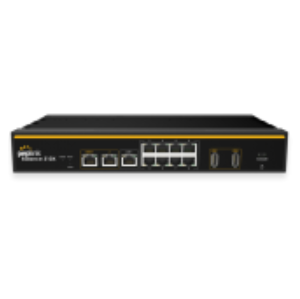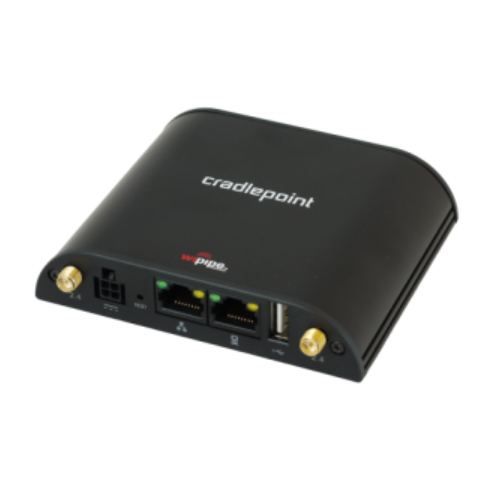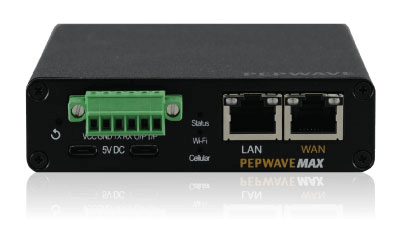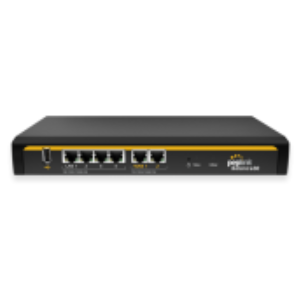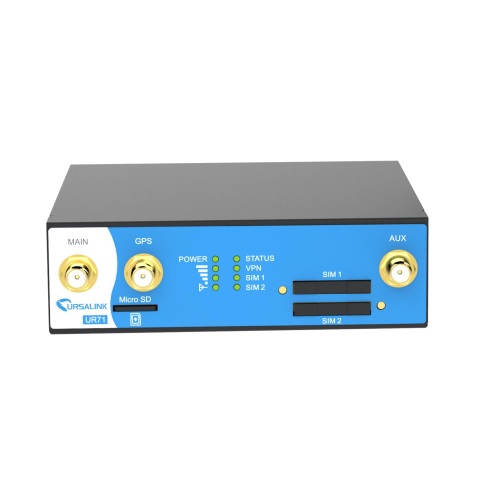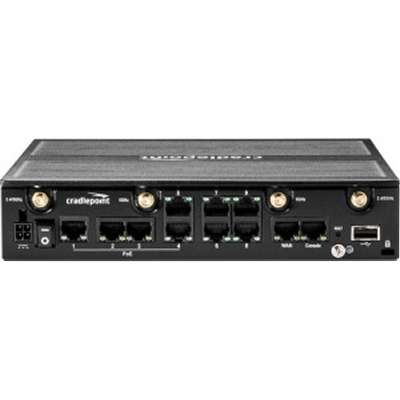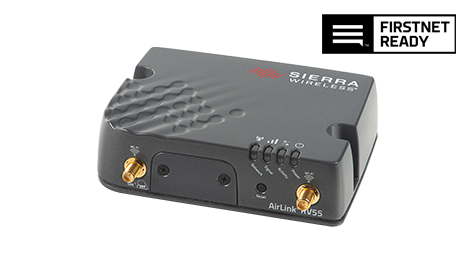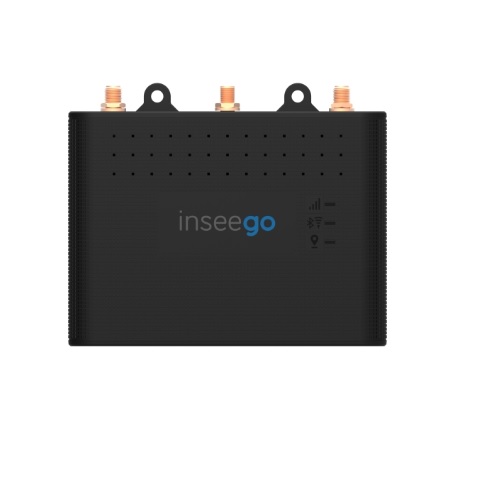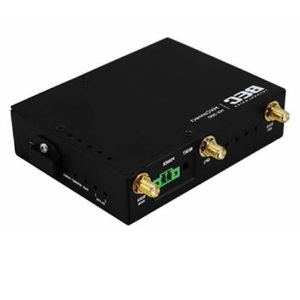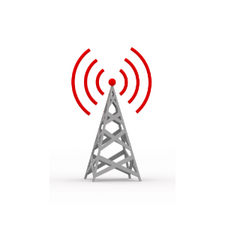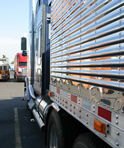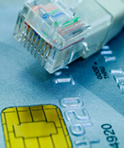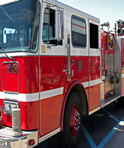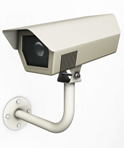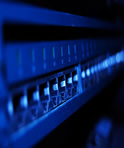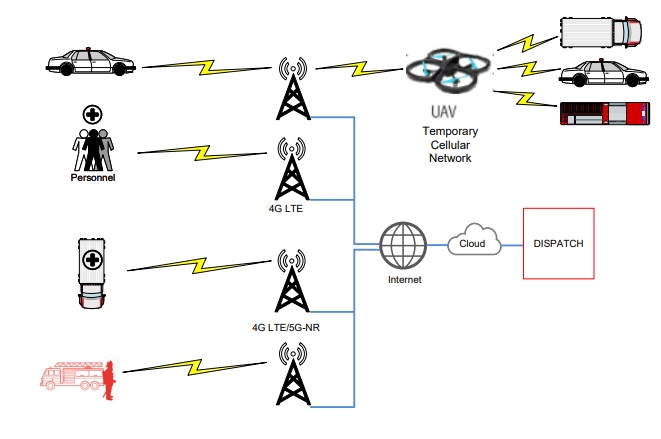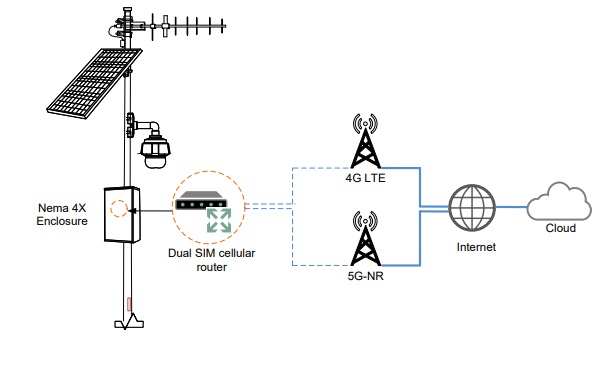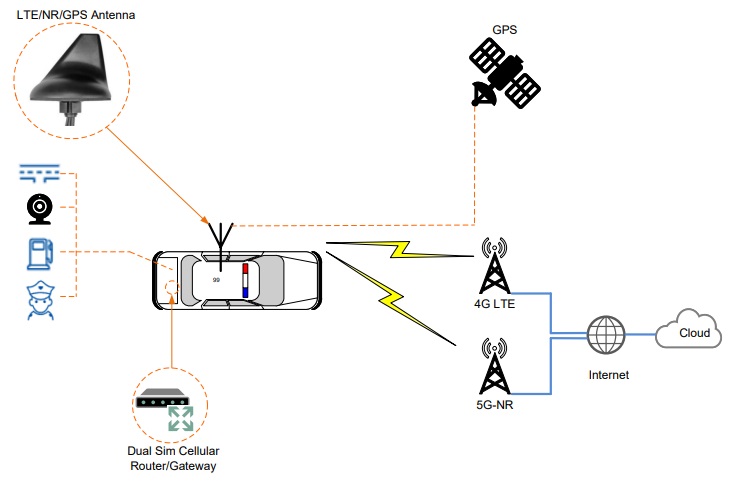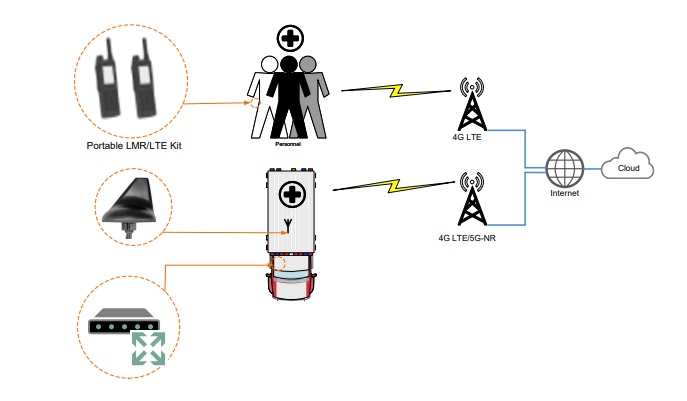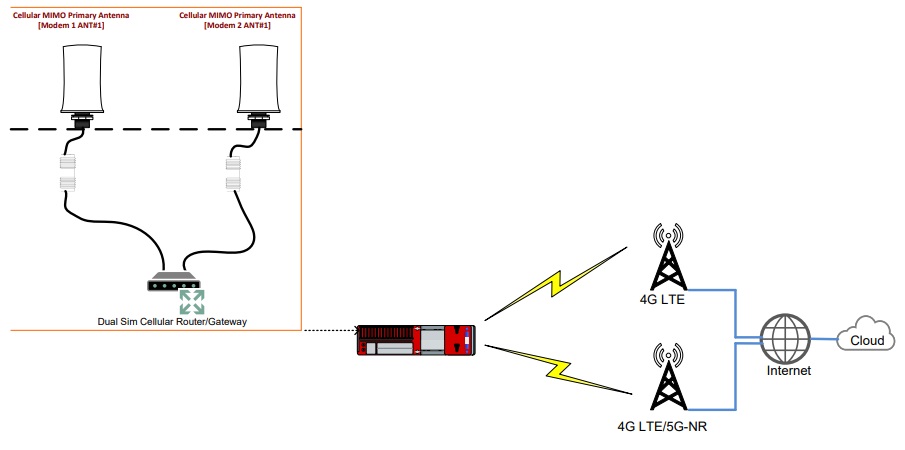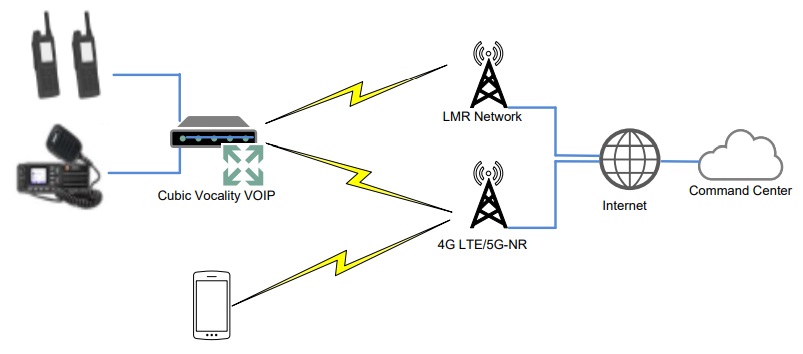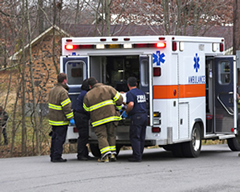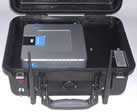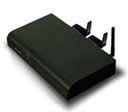Wireless Solutions
Wireless telemedicine systems, including emergency telemedicine and home or rural clinic monitoring requires reliable and secure communication which might not be reliably provided by existing Wi-Fi infrastructure (if any). Different wireless techonologies including Cellular 4G/5G and point-to-point fixed wireless access systems can allow reliable backhaul of data from remote wireless medical sensors to care providers or telemetry monitoring stations.
Example System Architecture

A wireless telemedicine system can include for example:
- Home care units such as wearable monitors for real-time data acquisition and transmission of vital signs.
- Data communication and remote servers which receives, stores, and disseminates vital signs data from patients through a web-based interface over the Internet to monitor these data on pervasive devices.
- Monitoring units or terminal devices such as laptops, and mobile phones through which clinicians and other healthcare professionals can acquire real-time patient data.
Sample cellular connectivity setup for wireless telemedicine
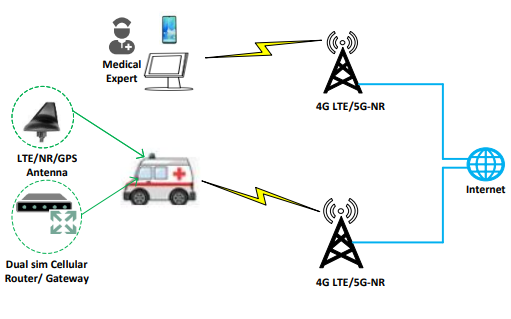
Rfwel’s Communications, Control, and Indoor-coverage teams can assist in the deployment or maintenance of wireless telemedicine systems for
- Improved indoor coverage for cellular 4G/5G and Wi-Fi signals to ensure that the remote monitors, sensors, and communication portals can get the signal they need. This includes using external high gain antennas or sampling any options available from our antenna kits portfolio which can be a major boost in improving network coverage. Signal amplifiers, repeaters, and range extenders on the other hand boost network performance and eliminate dead zones. Learn more.
- Pervasive communication using routers, gateways, and portable hotspots to ensure that the wireless data acquisition devices always have a reliable and secure backhaul in case of internet outage. Learn more.
Private LTE (CBRS) is slowly competing with Wi-Fi with numerous benefits including cost-effectiveness, minimum requirement for IoT readiness, unnoticeable mobility, and clean spectrum for mission critical deployments.
Here are some of the sample CBRS devices and CBRS antennas for consideration. Learn more.
For any further assistance contact an RFWEL Wireless Specialist here or give us a call on +1 410 877 6887 or +1 480 218 1877.
| Compare Cellular Routers & Gateways Specs | ||
| Item | Key Specifications | Available at these Online Market Places |
|
Ursalink UR35 |
Cellular Standards: 2G, 3G, LTE Cell Antenna Port: Yes Wi-Fi Standards: Wi-Fi, 802.11b, 802.11g, Wi-Fi 4 (802.11n) Wi-Fi Antenna Port: Yes |
|
|
Cradlepoint E300 |
Cell Antenna Port: Yes Wi-Fi Standards: Wi-Fi 6 (802.11ax), 802.11a, 802.11b, 802.11g, Wi-Fi, Wi-Fi 4 (802.11n), Wi-Fi 5 (802.11ac) |
|
|
Sierra Wireless LX40 |
Cellular Standards: LTE Cell Antenna Port: Yes Wi-Fi Standards: 802.11b, 802.11g, Wi-Fi 4 (802.11n), Wi-Fi 5 (802.11ac) Wi-Fi Antenna Port: Yes |
|
|
Cradlepoint IBR600C (MPN: COR IBR600C) |
Cellular Standards: LTE Cell Antenna Port: Yes Wi-Fi Standards: 802.11b, 802.11g, Wi-Fi 4 (802.11n), Wi-Fi Wi-Fi Antenna Port: Yes |
|
|
DrayTek 2926Lac |
Cellular Standards: LTE Cell Antenna Port: Yes Wi-Fi Standards: Wi-Fi 4 (802.11n), Wi-Fi 5 (802.11ac) Wi-Fi Antenna Port: Yes |
|
|
Peplink BPL-310X |
Cellular Standards: LTE-A Cell Antenna Port: Yes |
|
|
Cradlepoint c (MPN: COR IBR650C) |
Cellular Standards: LTE Cell Antenna Port: Yes |
|
|
Peplink BR1-SLIM-LTE |
Cellular Standards: LTE-A, LTE Cell Antenna Port: Yes Wi-Fi Standards: 802.11b, 802.11g, Wi-Fi 4 (802.11n), Wi-Fi Wi-Fi Antenna Port: Yes |
|
|
Peplink BPL-031-LTEA |
Cellular Standards: LTE-A Cell Antenna Port: Yes Wi-Fi Standards: 802.11a, 802.11b, 802.11g, Wi-Fi 4 (802.11n), Wi-Fi 5 (802.11ac) Wi-Fi Antenna Port: Yes |
|
|
Ursalink UR71 |
Cellular Standards: 2G, 3G, LTE Cell Antenna Port: Yes |
|
|
Cradlepoint AER2200 |
Cellular Standards: LTE-A-Pro (Gigabit LTE) Cell Antenna Port: Yes Wi-Fi Standards: 802.11a, 802.11b, 802.11g, Wi-Fi 5 (802.11ac) Wi-Fi Antenna Port: Yes |
|
|
Sierra Wireless RV55-WIFI (MPN: 1104302) |
Cellular Standards: LTE-A-Pro (Gigabit LTE) Cell Antenna Port: Yes Wi-Fi Standards: 802.11b, 802.11g, Wi-Fi 4 (802.11n), Wi-Fi 5 (802.11ac) Wi-Fi Antenna Port: Yes |
|
|
Inseego SK160NE-ACR |
Cellular Standards: LTE Cell Antenna Port: Yes Wi-Fi Standards: Wi-Fi 5 (802.11ac), Wi-Fi, 802.11a, 802.11b, 802.11g, Wi-Fi 4 (802.11n) |
|
|
BEC Technologies MX-200A |
Cellular Standards: LTE-A Cell Antenna Port: Yes |
|
|
|
In cellular network, a cellular device used by an end user, connects to radio access network of a provider through radio signals. Cellular connectivity enables mobile communication and fixed wireless access (FWA). Internet speeds on cellular networks have improved from early GPRS (2G), and now 5G standard which promises high speeds.
Cellular devices can be of different types depending on application and functionality:
Functionality
Cellular router
Unlike a normal router which connects to the internet via cable, fiber or DSL, a cellular router uses a cellular network system. They are of two types. Bundled cellular router has an integrated modem. Modular routers on the other hand, require a separate cellular modem, which is normally linked to the router using USB Card ports.
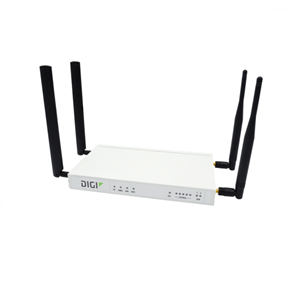
They also have multiple LAN ethernet ports for LAN connectivity hence suitable for offices with various LAN connections, remote site connection that require multiple WAN and cellular for fallback connection, or large LAN network that may require switches and access points.
Cellular gateway
These devices allow connection of various network protocols to cellular or IP networks. They are suitable for industrial and IoT purposes which employ various sensor devices that require connectivity. They can enable WAN to RF and Ethernet to serial. They also usually appear rugged in design.
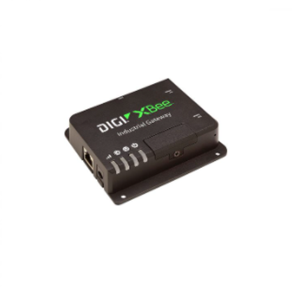
Cellular modem
This is usually a USB module that adds 4G LTE connectivity to a laptop, a computer, and sometimes a tablet. The modem may also be a PCI (Peripheral Component Interconnect) or a PCIe (PCI Express) that is attached to a motherboard on slot meant for cellular connection.
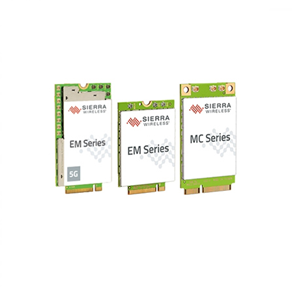
Cellular mobile hotspot
This is a highly portable device that converts 4G or 5G signals to Wi-Fi. The device creates WLAN network that enables multiple users within the Wi-Fi signal radius to connect to the internet. This offers better security option as opposed to public Wi-Fi.
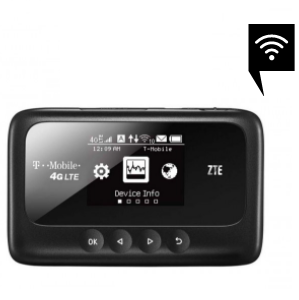
Categories
Cellular devices can be categorized according to their applications as below.
Outdoor CPE
Outdoor cellular devices offer external applications for 4G/5G connectivity. They are usually built to withstand extreme weather conditions and rugged deployments. LAN users can connect to the outdoor CPE’s Wi-Fi if it has this option, or connect to indoor router via a LAN Ethernet port of the outdoor CPE.
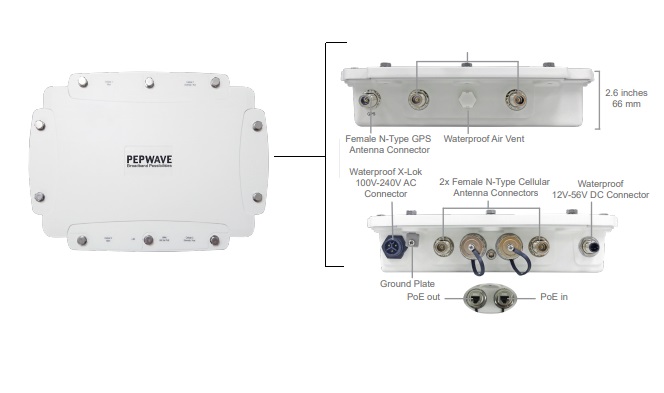
Indoor routers
These are typically used for fixed wireless access (FWA) and are suitable for home or office use. They are easy to create LAN networks via WLAN or LAN connections. For proper home or office arrangement, most routers have mounting options either on walls or inside cabinets.
Otherwise, they can also be placed on a table or any other desired place, power supply/outlet, Wi-Fi and LAN coverage considered.
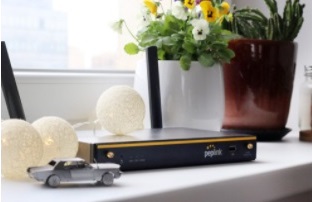
Mobile routers/Portable routers
These are small sized routers that can easily be tucked into a pocket or backpack. They connect to a cellular network and gives Wi-Fi connections to multiple devices at the same time. A good portable mobile router usually has a rechargeable battery that can offer long hours of connectivity before requiring a recharge.
Ideal for road trips in RVs but may require signal improvement for areas with poor signal reception.
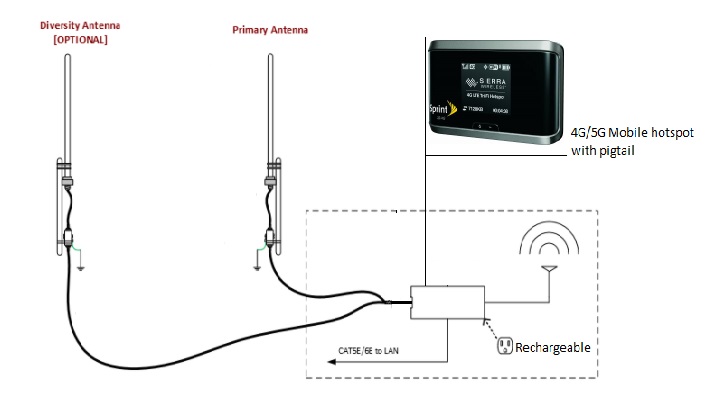
Rugged routers
Apart from outdoor cellular routers, there are routers designed for field applications such as remote site monitoring. They have rugged design such as hard casing, can tolerate vibrations and have ratings that can withstand extreme temperatures.
Due to their applications, they have various characteristics like I/O interfaces for data collection and can have multiple WAN connections for load balancing and fail-over.
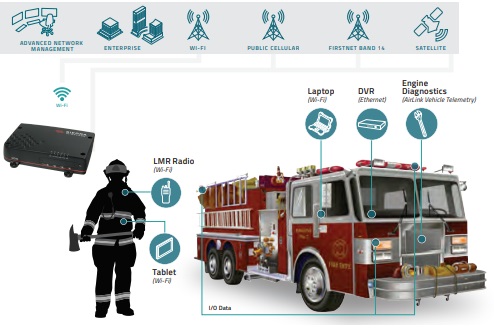
|
Rfwel addresses the wireless data communication needs of first responders, disaster recovery personnel, relief workers among many other people and departments that serve the honorable role of mitigating the inevitable. |
||||||||||||
|
Emergency services rely on fast response times, accurate information, and support technologies such as facial and number plate recognition, and video streaming. These services are interconnected via LTE or 5G-NR for cross-communication between emergency service teams and command centers to allow for mobile access and information sharing which ultimately save lives.
Applicable segments• Police/ Security services
Contact us to purchase pre-packaged remote surveillance kits with pre-sized solar power, outdoor enclosure
2. 4G LTE in-vehicle networking
Contact us to purchase different vehicle antennas
• Ambulance services
Contact us to purchase different vehicle antennas
• Fire and rescue services
Contact us to purchase different vehicle antennas
• Hybrid LMR/LTE Systems
For reliable LTE/NR connections, devices may require:
• Amplifiers
|
||||||||||||
|
||||||||||||
| Extending Range of Local Wi-Fi Using High Power bridge AP (Access Point) |
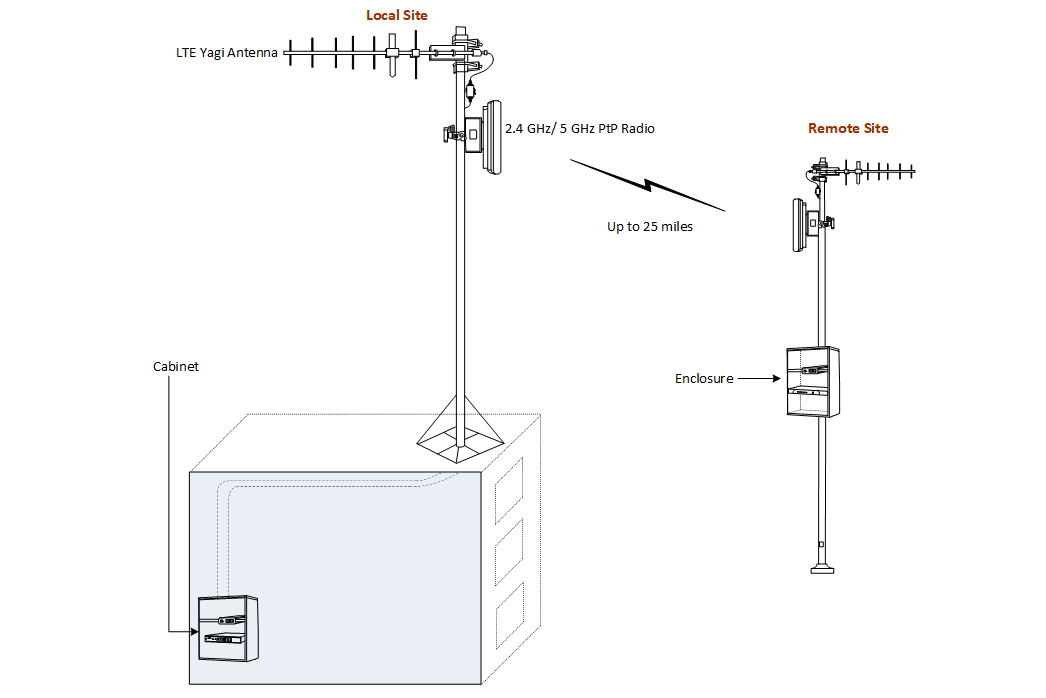
Contact Us Us For Free Consultation & Tech Support


